News
-
What Should You Do If a Varistor Fails?
In devices such as power adapters and surge-protected sockets, there is a small but critical component known as the varistor. A varistor is an overvoltage protection device with nonlinear voltage-current characteristics, meaning its resistance changes according to the applied voltage. &nbs...Read more -
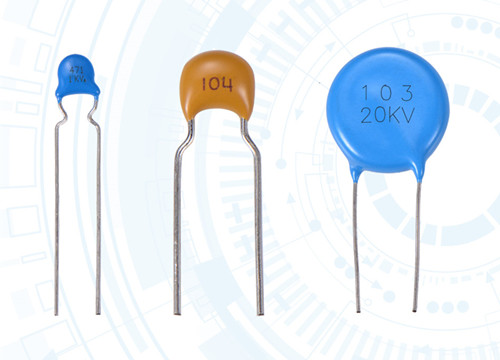
Do You Know What X7R and Y5V Mean on Ceramic Capacitors
Ceramic capacitors are electronic components that use ceramic materials as the dielectric, with metal electrodes on or inside the ceramic to form the capacitor. They are widely used in communication devices, consumer electronics, automotive electronics, and industrial automation due to their smal...Read more -

A Higher Varistor Voltage Rating Isn’t Always Better
Everyday electronic devices—smartphones, rice cookers, and more—contain components that protect them from voltage surges. One such component is the varistor. Varistors are designed to absorb excess voltage and protect circuits from damage. Their effectiveness depends on the rated voltage, ...Read more -
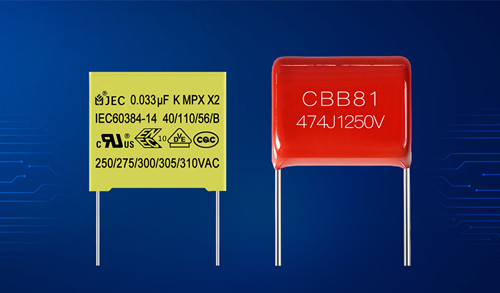
Why Thin Films Are Key to the Power of Film Capacitors
With the rapid development of technology and the rise of electronic products, people’s lives have improved significantly. As basic needs are met, people now aim for even better living standards—seeking more functionality in electronics, but in devices that are thinner, smaller, and more spa...Read more -
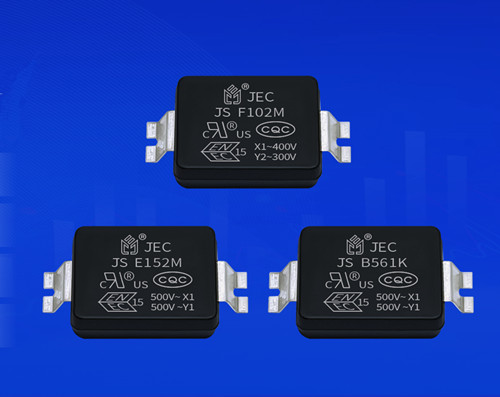
Why SMD Y Capacitors Are Key to Small Electronics
With the rapid development of technology, the demand for electronic products has skyrocketed. Not only are consumers seeking more advanced functions, but they also want electronic devices to be smaller and more portable. As a result, the miniaturization of electronic products has become a top pri...Read more -
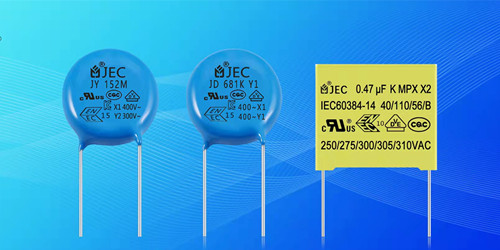
How to Check Your Safety Capacitors Without Opening the Device
The advent of The advent of electronic products has transformed people’s lives, significantly enhancing quality of life. The diverse functionalities of electronic devices are closely related to the electronic components inside them, and each component plays an important, irreplaceable role—...Read more -
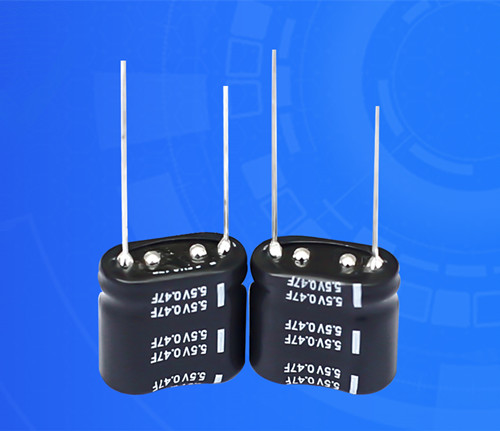
Is a Supercapacitor’s Charging Speed Faster Than a Battery
What do you do when your phone’s battery is about to die? Don’t worry, a power bank is a lifesaver in these situations. It’s a great solution for when you’re on the go and need to charge your phone. However, power banks have one major downside: they charge slowly. I...Read more -
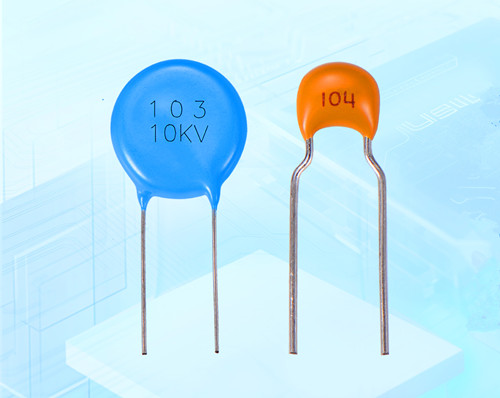
Why Is MLCC Called a Multi-Layer Ceramic Capacitor
With the development of technology, many useful electronic products have been introduced, and the smartphone is one of them. The advent of smartphones has significantly improved communication, making it easier for people to stay connected. From the early days when phones could only make ca...Read more -

Why SMD Y Capacitors Matter
Have you noticed how electronic devices are getting smaller? Think about today’s smartphones and laptops. Not long ago, mobile phones were bulky like bricks—big, heavy, and limited to just making calls. Now, a smartphone fits in your pocket, and it does so much more: video calls, rem...Read more -

Is Your Varistor Short-Circuited? Here’s How to Tell
A varistor is a special type of electronic component. Despite the word “pressure” in its name, the “pressure” in varistor refers to voltage, not physical pressure. Varistors are highly sensitive to voltage changes. Under normal voltage conditions, a varistor’s...Read more -

Applications of Ceramic Capacitors in Electronics
Modern electronic products, whether smartphones, smartwatches, cars, or home appliances, are composed of hundreds or even thousands of different electronic components. Among these components, capacitors play a vital role. Not only do they store charge, but they also perform tasks such as filterin...Read more -
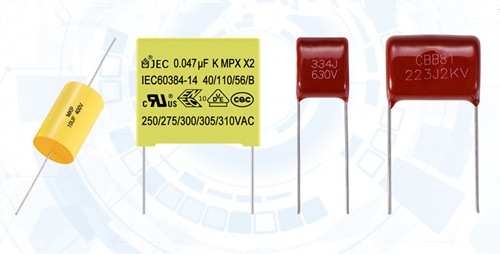
Film Capacitors and Their Advantages Based on Dielectric Materials
A film capacitor is made by using metal foil as the electrode plates and plastic film as the dielectric. The capacitor is formed by winding or stacking the films to overlap at both ends, creating a cylindrical structure. As a fundamental component in electronic products, film capacitors offer sev...Read more
